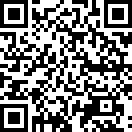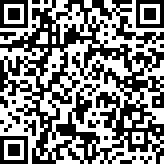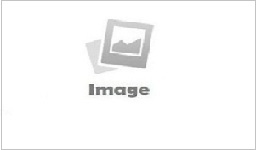 |
Case Report
Using iTero Element intra-oral scanner to scan for implant-supported fixed complete dentures
1 Owner/Lead Doctor at Barwon Heads Dental, 43 Hitchcock Avenue, Barwon Heads, Victoria 3227, Australia
2 Clinical Trainer at INVISALIGN Singapore PTE. LTD, 491B River Valley Road, Singapore 248373, Singapore
3 Sr. Manager Global Clinical Applications at Align Technology LTD, 3rd Ariel Sharon Boulevard, Or Yehuda 6037606, Israel
Address correspondence to:
Jack Bruce Milgate
Owner/Lead Doctor at Barwon Heads Dental, 43 Hitchcock Avenue, Barwon Heads, Victoria 3227,
Australia
Message to Corresponding Author
Article ID: 100036Z07JM2021
Access full text article on other devices

Access PDF of article on other devices

How to cite this article
Milgate JB, Sarawgi N, Zary R. Using iTero Element intra-oral scanner to scan for implant-supported fixed complete dentures. J Case Rep Images Dent 2021;7: 100036Z07JM2021.ABSTRACT
Introduction: Impressions in implant dentistry aim to accurately relate an analogue of the implant or implant abutment to the other structures in the dental arch. The impression material, impression technique, implant angulation, and the number of implants, all affect the accuracy. In the case of implant-supported fixed complete dentures (ISFCDs) traditional impression techniques require the doctor to accurately capture multiple units in one step. Doctors often encounter cases where one unit is not captured properly while another is perfect, so they take another impression only to find that they captured the problematic unit, but the impression of the previously perfect unit is no longer acceptable. Recent data suggests that intra-oral digital impressions may be considered a reliable alternative to conventional impression materials for ISFCDs. The ability to “segment” the impression process of large restorations and scan different segments individually eliminates much of the uncertainty that is part of taking a multi-unit conventional impression. It also ensures that units are scanned at the appropriate time, when in an ideal soft tissue condition.
Case Report: We report the case of a 48-year-old male presenting with a chief complaint of difficulty to eat due to mobile removable denture, looking for a fixed solution. This case report reviews in detail the steps followed to acquire an accurate digital impression for implant-supported fixed complete dentures using the iTero Element intra-oral scanner.
Conclusion: Digital review allowed for simpler design and easier transfer of occlusal records.
Keywords: Dental equipment, Dental implantation, Dental prosthesis, Mouth rehabilitation
SUPPORTING INFORMATION
Author Contributions:
Jack Bruce Milgate - Substantial contributions to conception and design, Acquisition of data, Analysis of data, Interpretation of data, Drafting the article, Revising it critically for important intellectual content, Final approval of the version to be published
Niti Sarawgi - Substantial contributions to conception and design, Acquisition of data, Analysis of data, Interpretation of data, Drafting the article, Revising it critically for important intellectual content, Final approval of the version to be published
Raviv Zary - Substantial contributions to conception and design, Acquisition of data, Analysis of data, Interpretation of data, Drafting the article, Revising it critically for important intellectual content, Final approval of the version to be published
Guaranter of SubmissionThe corresponding author is the guarantor of submission.
Source of SupportNone
Consent StatementWritten informed consent was obtained from the patient for publication of this article.
Data AvailabilityAll relevant data are within the paper and its Supporting Information files.
Conflict of InterestAuthors declare no conflict of interest.
Copyright© 2021 Jack Bruce Milgate et al. This article is distributed under the terms of Creative Commons Attribution License which permits unrestricted use, distribution and reproduction in any medium provided the original author(s) and original publisher are properly credited. Please see the copyright policy on the journal website for more information.




